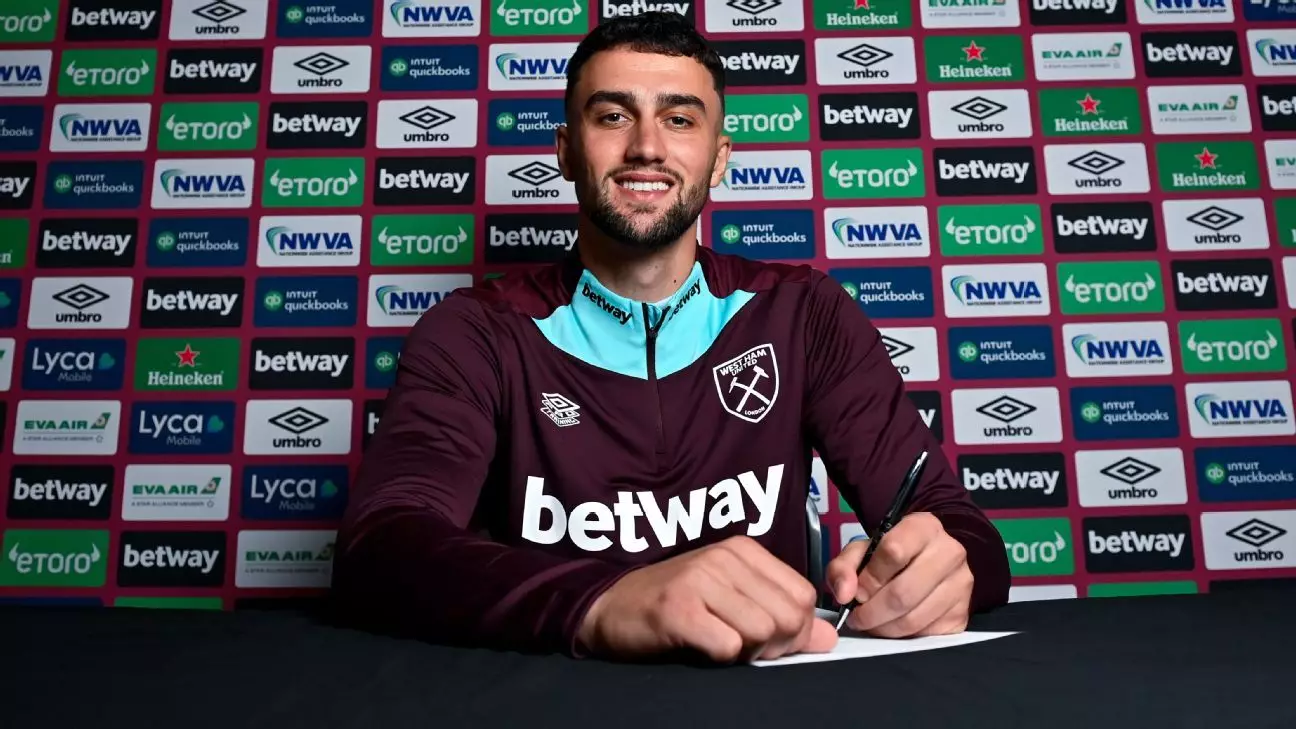The transfer of Max Kilman from Wolverhampton Wanderers to West Ham United for a reported sum of £40 million was not just a big move for the player and the clubs involved, but also for non-league side Maidenhead United. This move highlighted the potential benefits of including future transfer clauses in player contracts. Maidenhead United inserted a clause in Kilman’s contract when he left for Wolves in 2018, ensuring they would receive a percentage of any future transfer fee. The reported figure of 10%, around £4 million, could potentially transform the financial situation of the club. This unexpected windfall has opened up new possibilities for Maidenhead United, with the potential of becoming a fully professional club on the horizon.
Kilman’s journey from non-league football to the Premier League serves as an inspiration to young players striving for success outside the traditional academy system. His story demonstrates the importance of patience and perseverance in navigating the football pyramid. By showcasing that progression is possible through dedication and hard work, Kilman has paved the way for other non-league talents to believe in their abilities and pursue their dreams of playing at the highest level.
The example of Maidenhead United is not unique, as several clubs have benefitted from well-structured transfer clauses that ensure a share of future transfer fees. From Exeter City to Barnsley, these clubs have received significant sums from player transfers, enabling them to invest in their infrastructure, development programs, and overall sustainability. The financial security provided by these clauses can make a substantial difference for clubs operating on limited budgets, allowing them to secure their long-term stability and growth.
The inclusion of future transfer clauses has become a common practice in modern football negotiations, benefiting both selling and buying clubs. These clauses provide a level of protection and financial incentive for clubs, ensuring that they can capitalize on the potential success of their players in the future. While small clubs may initially receive modest returns from such clauses, the cumulative effect can result in substantial financial gains when players make significant moves to higher levels of competition.
However, navigating the complexities of future transfer clauses requires careful negotiation and strategic planning. Clubs must strike a balance between maximizing their potential revenue and maintaining positive relationships with other clubs involved in the transfer process. Transparency and flexibility are essential in ensuring that all parties benefit from these arrangements, allowing for fair compensation and mutual success in player transactions.
The impact of future transfer clauses on football clubs cannot be understated. These clauses have the potential to transform the financial landscape of clubs across all levels of the football pyramid, from non-league sides to top-tier clubs. By strategically incorporating these clauses into player contracts, clubs can secure their sustainability, promote player development, and foster a culture of opportunity and growth within the football industry. As exemplified by Maidenhead United and other clubs, the strategic use of future transfer clauses can redefine the trajectory of football clubs and players, creating a more equitable and rewarding environment for all involved in the beautiful game.
